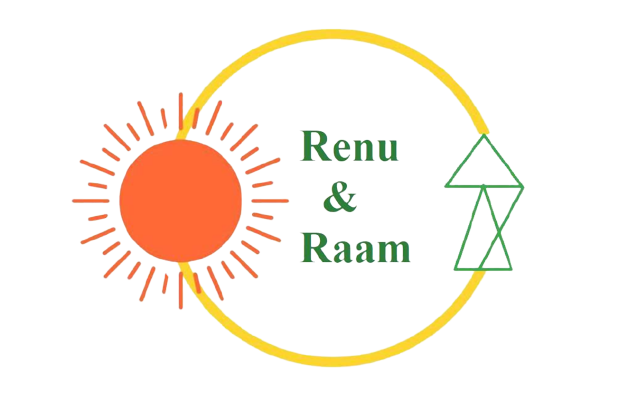TARIFF AND NON-TARIFF BARRIERS
The tools of protection may be categorized as either tariff or non-tariff barriers.
TARIFF
A tariff is a ‘tax’ or import duty levied on goods or services entering a country. Tariffs can be fixed or percentage levies and serve the twin purposes of generating revenue for governments and making it more difficult for companies from other countries to do business in the protected market.
NON-TARIFF BARRIERS
The following is a list of non-tariff measures which have been deployed by both developed and developing countries:
-
Quotas- A numerical limit in terms of value or volume imposed on the amount of a product which can be imported.
-
Voluntary export restraints – Agreed arrangements whereby an exporter agrees not to export more than a specific amount of a good to the importing country (usually to preempt the imposition of more stringent measures). Such agreements are common for automobiles and electronics, but are also applied to steel and chemicals.
-
Domestic subsidies – The provision of financial aid or preferential tax status to domestic manufacturers which gives them an advantage over external suppliers. Import deposits The device of requiring the importer to make a deposit (usually a proportion of the value of the goods) with the Government for a fixed period. The effect on cash flow is intended to discourage imports.
-
Safety and health standards– This is also called as Sanitary / Phyto Sanitary measures. This more subtle form of deterrent requires importers to meet stringent standards or to complete complicated and lengthy formalities. Example: EU banned the import of Indian Alphonso mangoes in 2014 citing health related concerns.
-
Technical Barriers to Trade – The Government describes certain technical standards like safety parameters, labelling requirements, standards on technical specifications and quality standards, certification, testing and inspection on imported goods.
